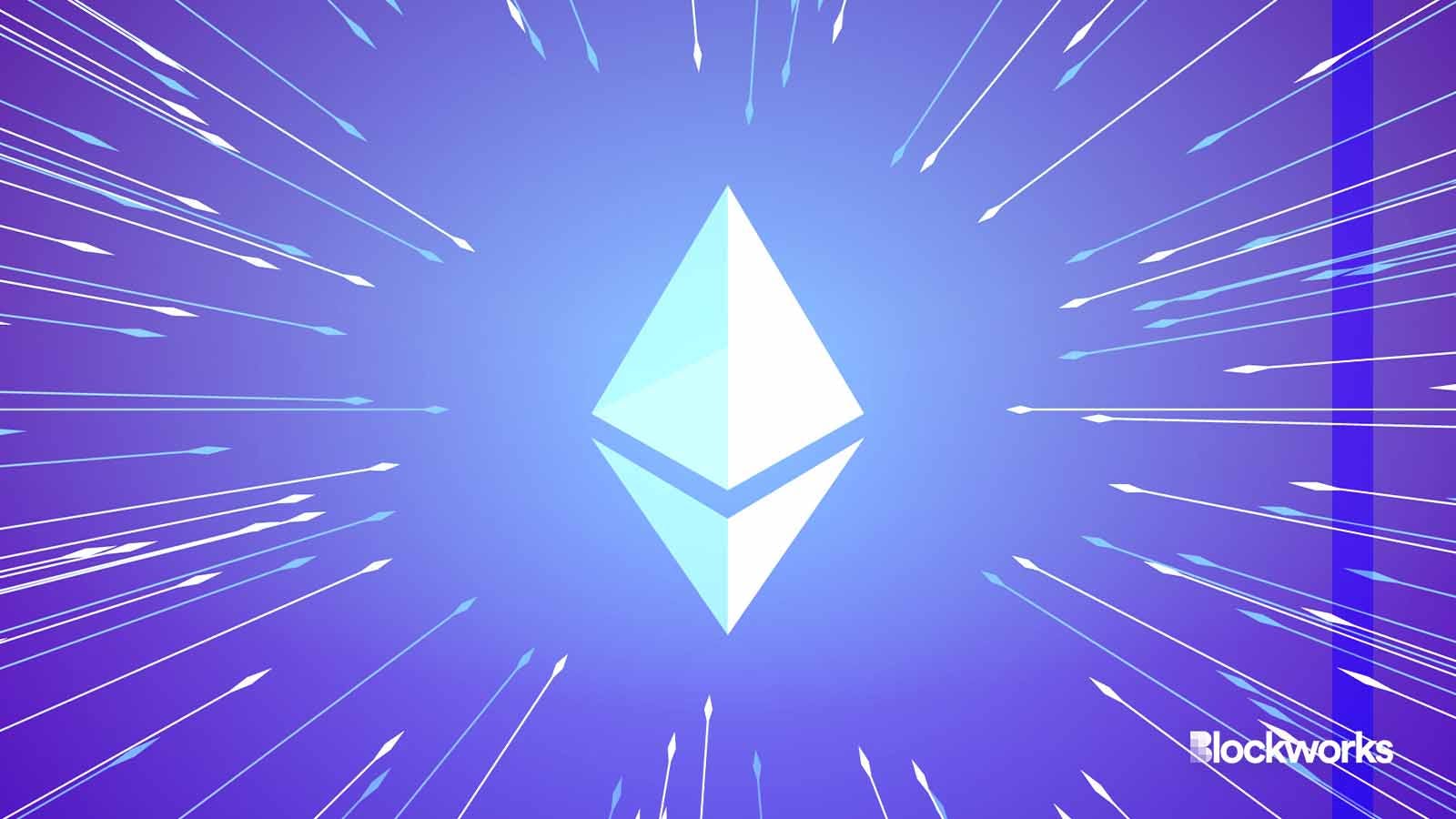Cronos broadens scaling roadmap from Cosmos to Ethereum
Cronos Labs launches testnet for the Cronos zkEVM Chain, the first “hyperchain” using zkSync’s ZK Stack

morison13/Shutterstock modified by Blockworks
The network of Ethereum layer-2 rollups using zkSync’s ZK Stack got a new addition Thursday, with the launch of the Cronos zkEVM testnet.
Blockchain developer Cronos Labs is developing its third blockchain, which is the first to use ZK Stack hyperchain to reach a live testnet.
The first chain in the Cronos ecosystem was a Cosmos appchain developed in partnership with the Crypto.com exchange and launched in 2021. Cronos then followed up with an EVM-compatible chain, also built using the Cosmos SDK in 2022. This new effort augments, but does not replace, the prior two chains.
Cronos’ zkEVM is the result of a collaborative effort involving Cronos Labs, Matter Labs (the team behind zkSync), and several engineering teams from stakeholders Crypto.com and dapp developers on the existing chains.
The zkEVM testnet is built on top of the Ethereum Sepolia testnet and leverages zkSync’s new open-source prover, Boojum, a STARK-based zero-knowledge proof system, notable for its low hardware requirements and low fees in the layer-2 rollup space.
Read more: Polygon Zero and Matter Labs square off over open-source norms
Launching a native Ethereum chain was motivated by frustrations with bridging across EVM chains and between Cosmos and Ethereum, according to Ken Timsit, managing director at Cronos.
“When we started building Cronos as an EVM chain, we were, of course, already convinced that the Ethereum developer ecosystem has richness and robustness that has no comparison when it comes to building DeFi and NFT applications,” Timsit told Blockworks.
Good relations with Matter Labs and a desire to contribute to the open source development of the ZK Stack led them to take the next step.
Hyperchains share components of the ZK Stack, including a shared native bridge to the Ethereum mainnet and zkSync’s trustless bridging mechanism, in which assets remain secured by Ethereum.
It will also benefit from zkSync’s native account abstraction, which allows transactions fee payment in various cryptocurrencies, such as Cronos’ token (CRO).
“When you look at legacy chains, it’s very hard to migrate Ethereum assets, for example, to account abstraction enabled wallets,” Timsit said. “And so for us, starting by default with account abstraction is a way to take advantage of what this technology offers, better than what we can do on a chain which already has an ecosystem of wallets and tokens.”
Cronos’ zkEVM is expected to progress to mainnet in the second quarter of 2024.
Growing hyperchains
A handful of other hyperchains are in development using the ZK Stack, notably GRVT, (pronounced “gravity”) a derivatives exchange, and Tradable, which is working on bringing private credit on-chain.
Tradable intends to have an institutional focused hyperchain, eventually forming a decentralized chain alongside other institutional partners, according to Omar Azhar, Matter Labs head of business development.
“I think what you might start seeing is app specific chains and then ecosystem specific chains,” Azhar told Blockworks.
Matter Labs sees the zkSync hyperchain as strictly a better option than app-specific chains in Cosmos, such as Cronos’ earlier efforts, said Marco Cora, senior vice president of business and operations. That’s because Cosmos chains generally must provide for their own validator set and security, and lack native token bridges to Ethereum.
“If you are an appchain developer, why are you taking on these two extra projects that you shouldn’t really focus on: building the bridge and bootstrapping the security?” Cora told Blockworks.
The ZK Stack competes with other well-funded networks building zkEVM chains, including Polygon, whose Chain Development Kit (CDK) shares many of the same goals, and StarkWare’s Starknet, the progenitor of STARK prover technology which both Polygon and zkSync have iterated upon.
Hyperchains can also serve the purpose of private blockchain frameworks such as Hyperledger or Corda, Cora said, but with all the benefits of Ethereum.
“They are technically highly scalable, but they practically don’t scale. When you speak with most enterprises, they tell you this is way too expensive for what it is for me,” he said.
Aside from cost considerations, there’s the social coordination problem.
“If you’re Goldman Sachs, you don’t want to join the Morgan Stanley Chain just because it’s the Morgan Stanley Chain. If you’re Fidelity, you don’t want to join the BlackRock Chain just because it’s the BlackRock Chain and so on and so forth,” Cora said.
“But if the sponsor of the chain…forced himself to create a zero knowledge proof and to hand this proof to a third party — which is Ethereum — they now can claim a much higher degree of credible neutrality,” he added. “Now, this party cannot mess with the system.”
Get the news in your inbox. Explore Blockworks newsletters:
- The Breakdown: Decoding crypto and the markets. Daily.
- 0xResearch: Alpha in your inbox. Think like an analyst.






